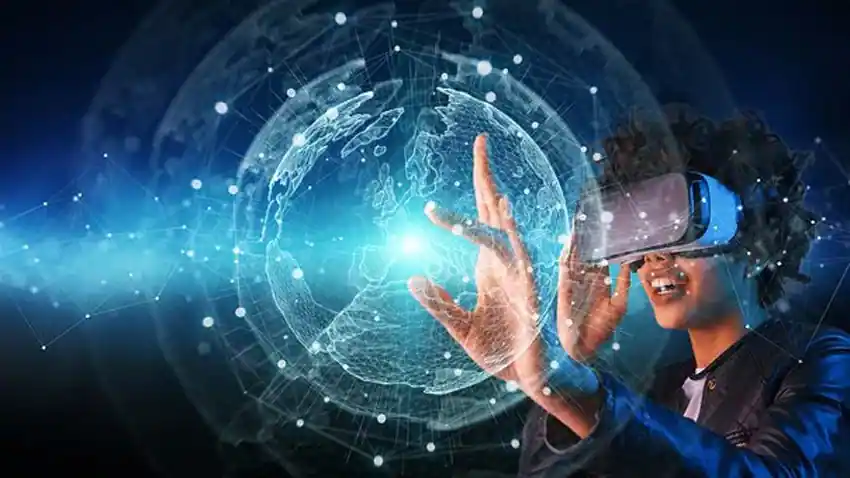
Virtual Reality
“V R” typically stands for Virtual Reality, which refers to a computer-generated simulation or environment that can be interacted with by a person through specialized devices, such as headsets and controllers. Virtual Reality aims to provide a highly immersive experience by stimulating the user’s senses, primarily sight and sound, to create a realistic and interactive virtual world. It has applications in various fields, including gaming, education, training, healthcare, and entertainment. Users can explore and interact with virtual environments that simulate real-world scenarios or entirely fictional worlds.
What is Virtual Reality?
Virtual Reality (VR) is a computer-generated simulation or environment that can be experienced and interacted with by a person. It typically involves the use of specialized hardware, such as head-mounted displays (HMDs) or goggles, along with input devices like motion controllers or gloves.
The primary goal of virtual reality is to create a highly immersive and sensory-rich experience for the user. By wearing the VR headset, the user is visually transported to a virtual world that can simulate real-world environments, fictional settings, or abstract spaces. The headset tracks the user’s head movements and adjusts the visuals accordingly, providing a sense of presence and making the virtual environment appear as if it surrounds the user.
In addition to visual immersion, VR can also incorporate other sensory inputs such as spatial audio, haptic feedback (tactile sensations), and even olfactory cues to enhance the overall experience. This multi-sensory approach aims to create a feeling of “being there” in the virtual environment, enabling users to interact with and navigate through the digital world using natural movements and gestures.
Virtual reality has a wide range of applications across various industries. It is popularly used in gaming, allowing players to step into virtual worlds and experience games from a first-person perspective. Beyond gaming, VR has applications in fields such as education, training, healthcare, architecture, design, engineering, and entertainment. It can be used for simulations, skill training, virtual tours, data visualization, therapeutic interventions, and much more.
Virtual reality offers a unique and immersive way to experience and interact with digital content, providing users with new possibilities for entertainment, education, and practical applications.

Resources and Learning Resources Web-links


